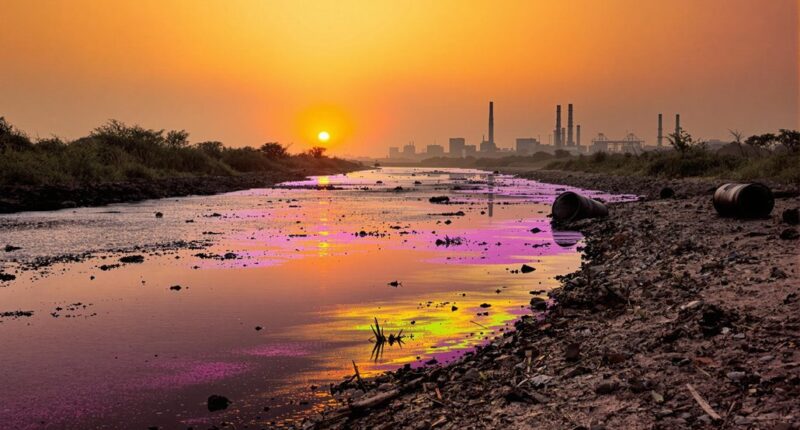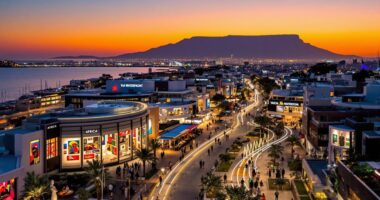The Klip River in Gauteng contains a dangerous mix of toxic chemicals, including cancer-causing PAHs from industrial waste and sewage. Pollution has worsened after the Goudkoppies wastewater plant collapse, though contamination has built up over decades. Local communities face health risks from exposure, while fish and wildlife show signs of genetic mutation. Environmental agencies are monitoring the situation, but cleanup efforts remain challenging due to the complex chemical cocktail present in the water.
How did one of the region’s most important waterways become a toxic soup of dangerous chemicals? The Klip River, once an essential water source in Gauteng, now flows with a dangerous mix of industrial waste and sewage that threatens both human health and wildlife.
Recent testing has revealed alarming levels of polycyclic aromatic hydrocarbons (PAHs) throughout the river system. These PAHs aren’t just ordinary pollutants. They’re potent cancer-causing chemicals that pose serious risks to anyone who comes in contact with the water.
Scientists worry that these compounds can build up in fish and other aquatic life, eventually making their way into people who rely on the river for food. The problem didn’t happen overnight. For decades, industries along the riverbanks have dumped waste directly into the Klip.
Sewage treatment facilities, overwhelmed by population growth, often release untreated human waste into the same waters. The collapse of municipal infrastructure, especially at Goudkoppies wastewater plant, has further exacerbated the pollution crisis. The result is a sludge-filled stream where toxic residues have settled into the riverbed and banks.
Water samples taken from various points along the Klip reveal what researchers call a “chemical cocktail” – a mix of substances that interact in ways scientists don’t fully understand yet. What they do know is troubling.
This combination of chemicals has been linked to genetic mutations in some river organisms, suggesting long-term damage to the ecosystem. The University of Johannesburg’s comprehensive study in Gauteng province provides critical evidence of this environmental degradation. Persistent organic pollutants, chemicals that break down very slowly in nature, have become a particular concern.
These substances can remain in the environment for years, continuing to cause harm long after their release has stopped. They move through the food chain, becoming more concentrated in larger animals – a process called biomagnification.
Local residents have reported strange odors and discolored water for years. Many avoid the river entirely, but for some communities with limited water access, the Klip remains a necessary resource despite the risks.
Children sometimes play in contaminated areas, unaware of the invisible dangers lurking in the water. Environmental agencies have begun monitoring the situation more closely, but cleaning up decades of pollution presents enormous challenges.
The mixture of chemicals requires specialized treatment methods, and the sheer scale of contamination makes quick solutions impossible. What’s clear is that the Klip River’s problems reflect broader issues of industrial regulation, waste management, and environmental protection.
As testing continues to reveal more about the specific dangers in the water, pressure mounts for action to restore one of Gauteng’s key waterways. Until then, the river continues to carry its toxic burden downstream, affecting everything in its path with chemicals that may cause harm for generations to come.
Conclusion
The Klip River crisis demands immediate attention from authorities. Tests show dangerous levels of chemicals flowing through Gauteng’s waters. Local communities face serious health risks from this pollution. While cleanup efforts have begun, experts warn the river’s recovery will take years. Environmental groups are calling for stricter industrial waste regulations to prevent future contamination of this essential waterway.






